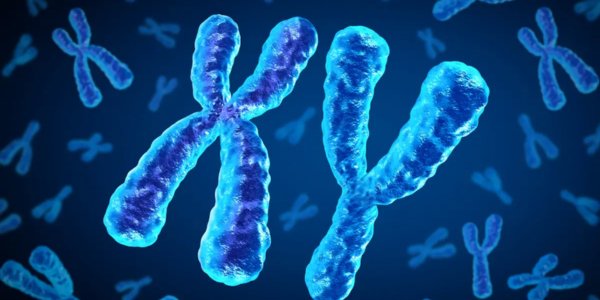XY
Understanding XY: The Chromosomal Foundation of Male Biology
The term XY refers to the typical chromosomal pattern found in males among mammals, including humans. These two chromosomes—X and Y—determine biological sex during conception. The mother contributes the X chromosome, while the father contributes either an X or a Y. When the sperm carrying a Y chromosome fertilizes the egg, the resulting combination is XY, which typically leads to male development.
The Y chromosome carries genes that are essential for forming male reproductive organs and producing male hormones like testosterone. Meanwhile, the X chromosome holds genes responsible for many other bodily functions. Together, they shape not only physical characteristics but also influence hormonal balance and genetic expression.
The Role of XY in Sex Differentiation
XY chromosomes play a defining role in sexual differentiation. During early fetal development, genes on the Y chromosome, particularly the SRY gene, trigger the process that leads to the development of testes. These, in turn, produce hormones that guide the body toward male traits.
However, biology is not always binary. Variations in chromosomes can occur, such as XXY (Klinefelter syndrome) or XYY, leading to diverse expressions of gender and development. Understanding the XY pattern provides valuable insight into how genetics contribute to both physical sex and the broader discussion of gender identity.
FAQ
What does XY mean in human biology?
XY represents the male chromosomal pair in humans. The X chromosome comes from the mother, and the Y chromosome from the father, forming the genetic basis for male development.
What is the role of the Y chromosome?
The Y chromosome carries genes that determine male sex characteristics, including the SRY gene, which triggers the development of testes and the production of testosterone.
Can someone have XY chromosomes and not be male?
Yes. Certain medical conditions, like Androgen Insensitivity Syndrome (AIS), can cause individuals with XY chromosomes to develop female physical traits despite having a male genetic makeup.
What happens if there’s an extra or missing chromosome?
Variations such as XXY or XYY can occur. These typically cause differences in hormone levels, fertility, or physical traits but do not always affect overall health or gender identity.
How does XY relate to gender identity?
While XY defines biological sex, gender identity is influenced by psychological, social, and cultural factors. A person’s sense of being male, female, or another gender can differ from their
















